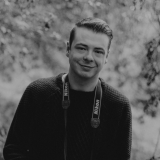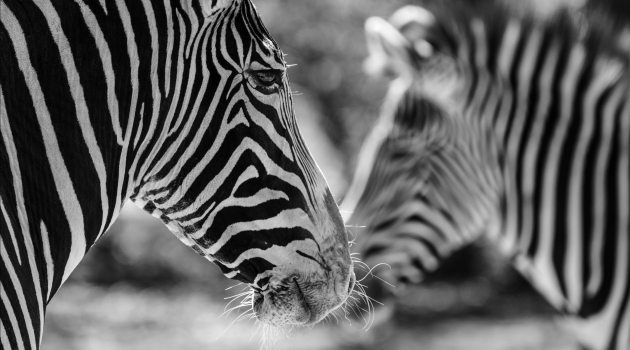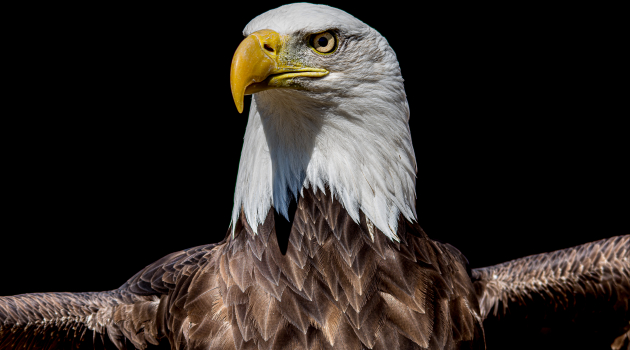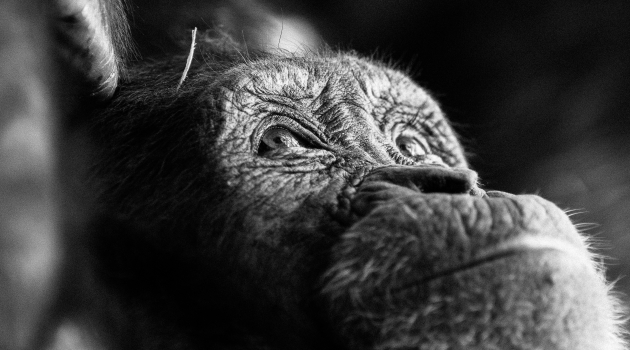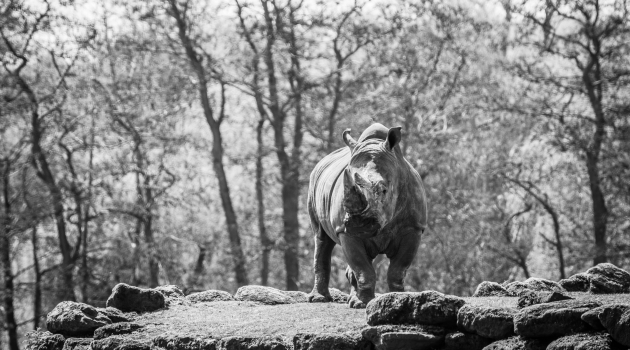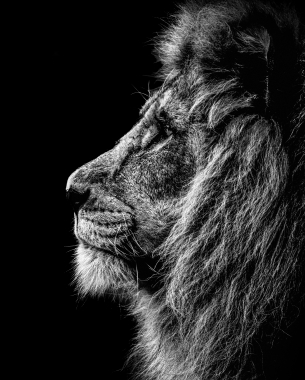How old were you when you realised you had autism?
I was only diagnosed in 2009, when I was 11, so I missed out on the early intervention that might have eased my suffering later on, yet the traits were visible from an early age. Autism is a wide-ranging disorder that affects everyone differently, but it often causes problems with social communication and sensory overload. With me, it meant I’d rarely be settled and demanded almost constant attention, and I had near-zero social skills. My mum, who was a nursery nurse teacher, suspected I might be autistic, but when I was small I was in my own little bubble, so I didn’t really know I was that different until I got to secondary school.

